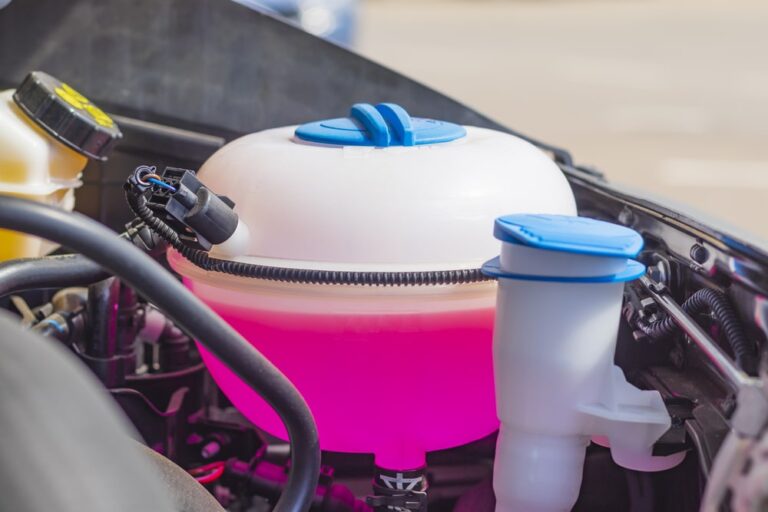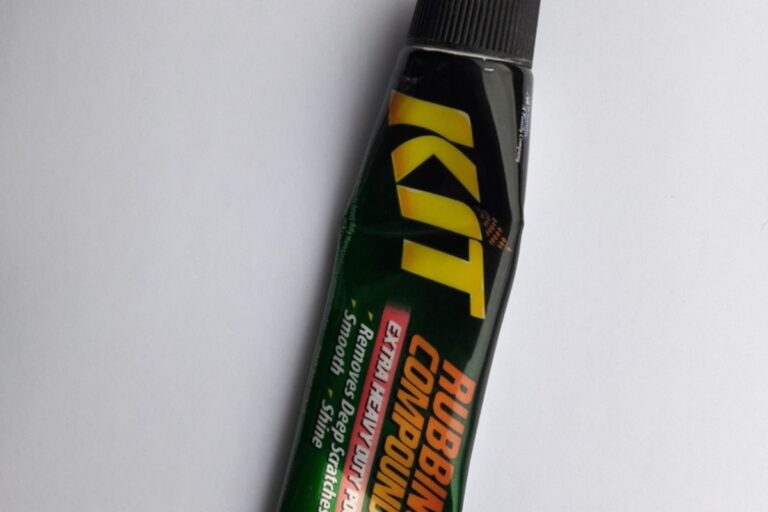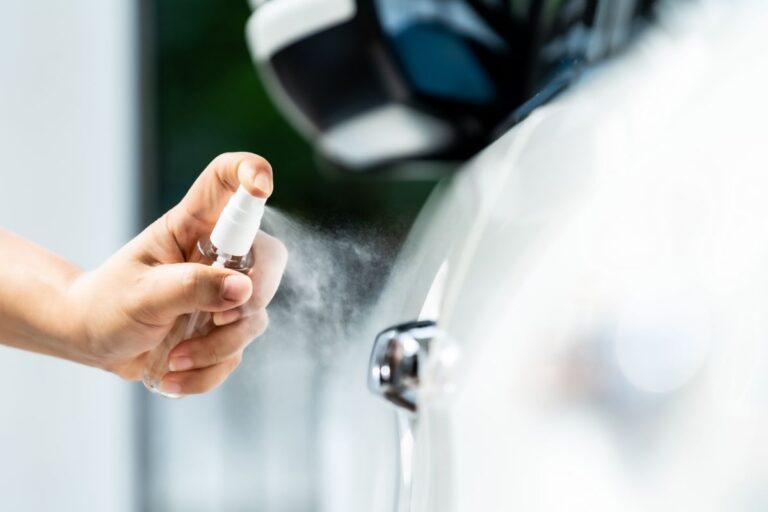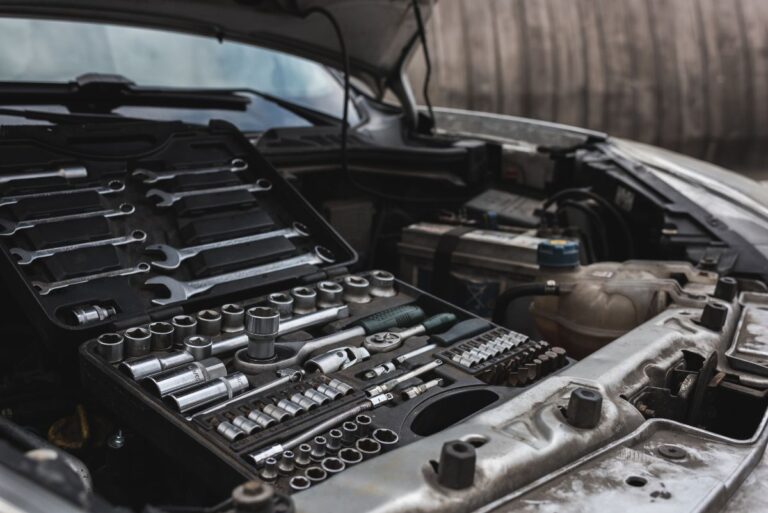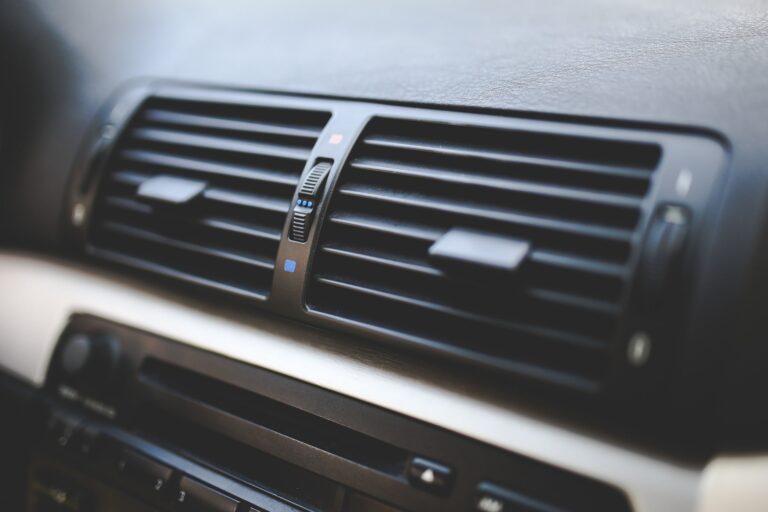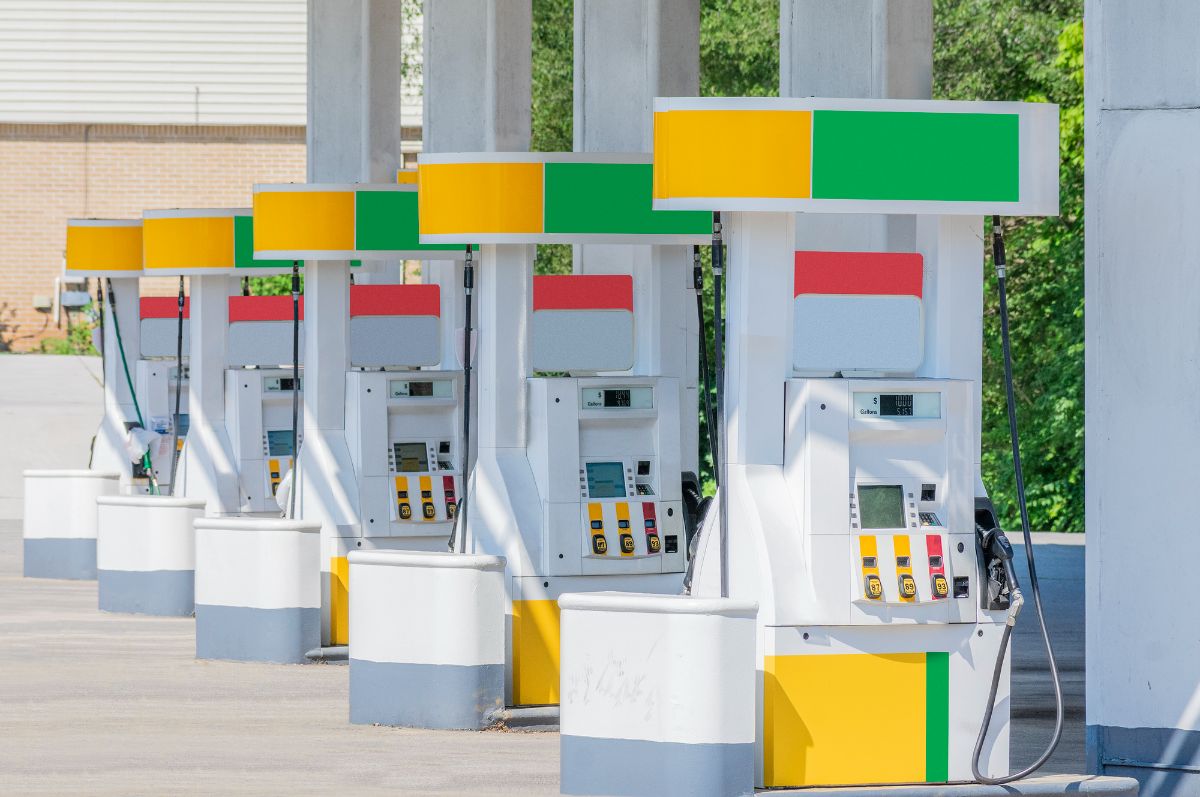
With the ever-growing pressure on companies to search for alternative fuels before fossil fuels end, numerous fuel manufacturers are researching any alternative to test whether they can outdo the competition.
As fuel prices rise nearly every day, it’s expected that households and businesses are looking at the most efficient options for their particular vehicle.
Here, I’ll discuss the top popular types of fuels you can utilize in your vehicle right now.
Types of fuel for cars
1. Gasoline
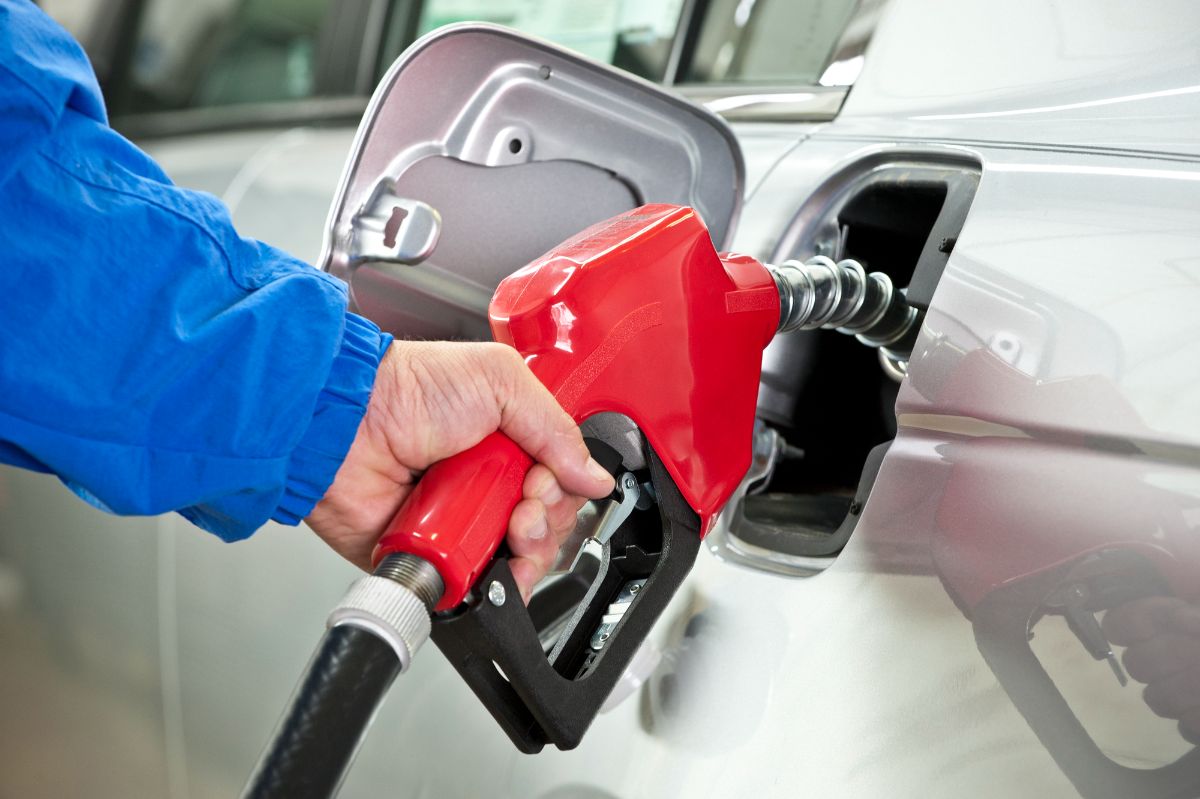
Gas is the most frequently utilized fuel in the majority of car models. It’s easily accessible, and with an illustrious history that dates to the 1900s, it’s among the most reliable and tested car fuels available.
Manufacturers make a blend to make this fuel to prevent the liquid from burning too early because gasoline is a fuel that ignites quickly, which makes it possible to accelerate faster.
In those years, refineries started adding detergents to gasoline to help clean out engines when they were used.
This has proven to be extremely popular and contributed to the durability of certain automobiles. In the 1970s, low-sulfur versions were developed to protect the catalysts used in contemporary automobiles.
Due to the high amounts of CO2 generated by gasoline, it’s thought to be an old-fashioned fuel.
The air pollution, smog, and consequently, increased concern about climate change have meant that producers are trying to find alternative fuels, listed here in the article.
Due to the increasing demand for biofuels, it has become typical for mixtures sold in America to contain as much as 10% ethanol refiners within their fuels.
2. Diesel
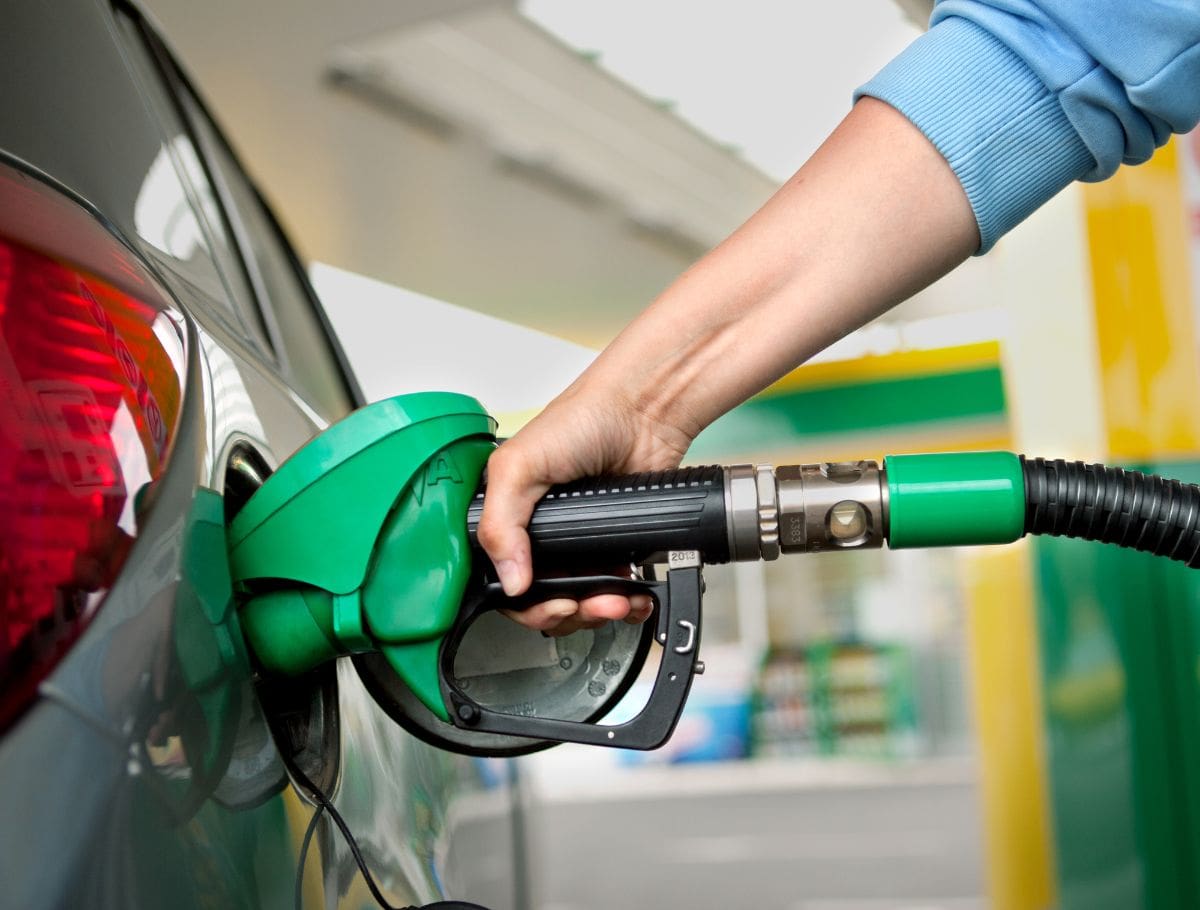
Diesel fuel is a popular choice specifically for diesel engines. Because it tends to last longer for vehicles that have to travel many miles or are frequently used and is favored by a variety of transporters.
It’s highly likely that the majority of the vans and trucks you see on the roads use diesel, whereas trains and boats are among the largest users all over the world.
Although diesel emits less carbon dioxide because it has a greater portion of purely natural elements, it can emit nitrous oxide, a source of smog.
Biodiesel is being studied by many people, and vegetable oils are one of the primary candidates for ingredients.
3. Liquefied Petroleum

Also called propane (because when you search for ‘petrol’ it comes up with numerous, diverse variations).
The liquid petroleum was previously referred to as a ‘volatile component of gasoline’ and – despite being a green energy source in comparison to other fuels- it’s very difficult to find a vehicle in the US that is powered by propane.
In the UK, however, propane is used more widely, typically in their hybrid cars.
The propane you’ll find in America and Canada is not pure and is usually mixed with ethane, butane, or propylene.
However, it’s an excellent fuel for barbecues and for production companies, as well as it’s still among the top three motor fuels around the globe.
The number of vehicles that use liquefied petroleum will likely rise over the coming years, as it’s a cheaper alternative to conventional gasoline and diesel.
4. Compressed Natural Gas
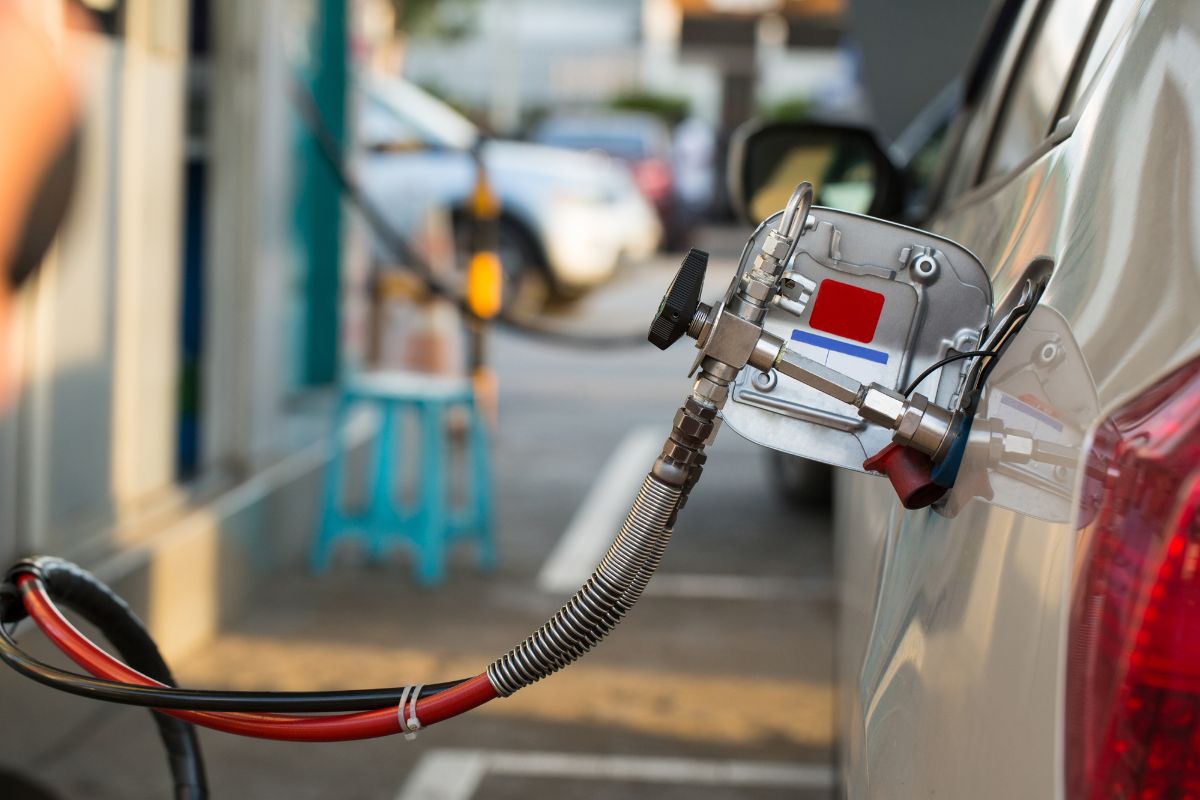
A further ecologically-friendly alternative to the most popular fuel types is CNG (compressed natural gas). The CNG systems produce approximately 20% less than traditional diesel and gasoline and diesel.
It could be a viable option for businesses that want to improve the sustainability of their vehicles and save money over the long run and also allow communities to look at them with more respect as opposed to their toxic competitors.
Based on Gas South, the cost of operating a car using CNG is about 50% lower than conventional fuels.
CNG is becoming more well-known, particularly in more environmentally conscious states. California is one of the most prominent regions that has built CNG filling stations throughout the state.
While any vehicle could be converted to run using compressed natural gas, it’s more widespread in nations like Iran, Brazil, Pakistan, Argentina, and India, with over 14.8 million vehicles using CNG as their primary fuel source all over the world.
CNG is regarded as one of the most secure alternatives available, in terms of fuel, due to its limited range of flammability and is far less susceptible to spills, whether domestically or during transportation for business.
5. Ethanol
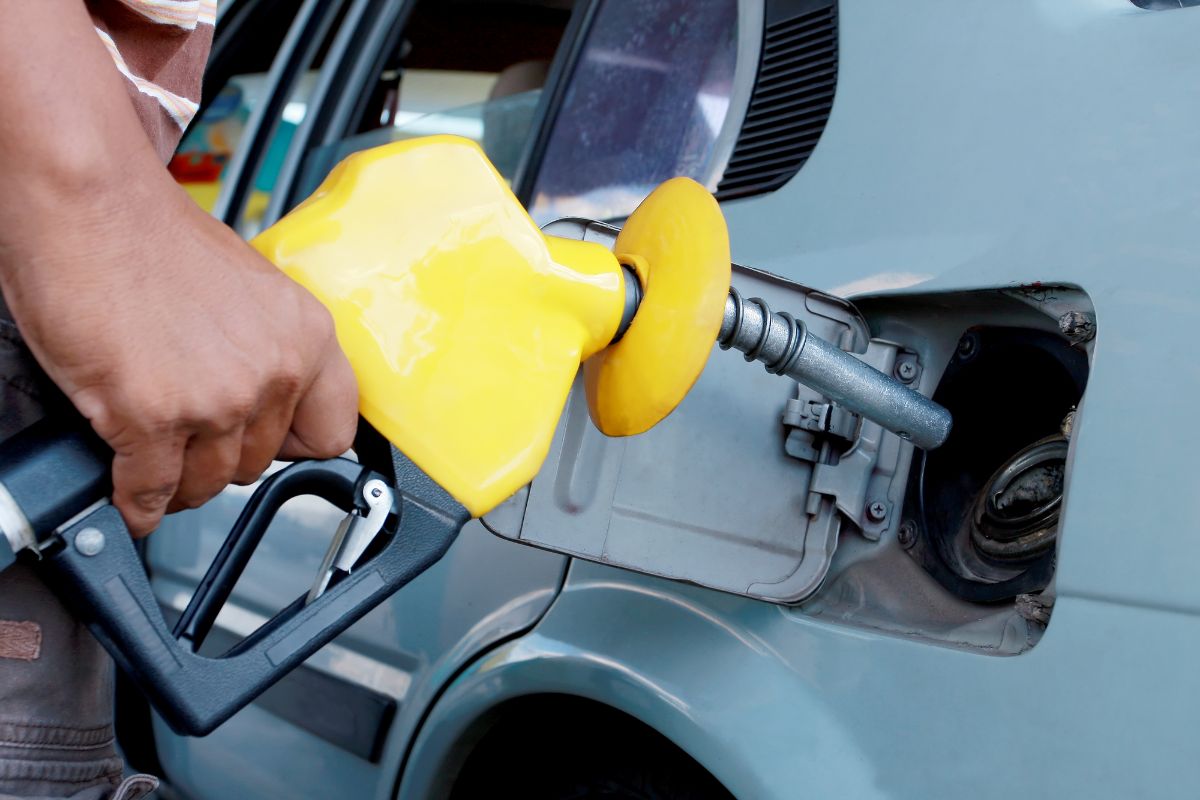
Ethanol is a wildly popular biofuel typically utilized with other fuels mentioned above. It comes from sugar cane, barley, corn plants, and many other natural sources.
While many cars can run solely on ethanol, it is far more typical for drivers of homes to choose one of the blends of ethanol and gasoline, also known as diesel and ethanol.
The quantities offered have changed throughout the years. However, they are now used more frequently in these fuels to create more eco-friendly vehicles.
Ethanol is regarded as a renewable energy source and, therefore, it is likely to be used in the future, contrasted with fossil-fuels (which are limited resources).
However, researchers from the University of Minnesota claim that only 12.3 percent of US fuel consumption could be recorded even if companies claim to have all the appropriate cornfields.
In simple terms, America uses too much fuel to think about ethanol instead of the alternatives. Other downsides include poor performance in terms of mileage and users being required to refill more often than they currently have to.
6. Biodiesel
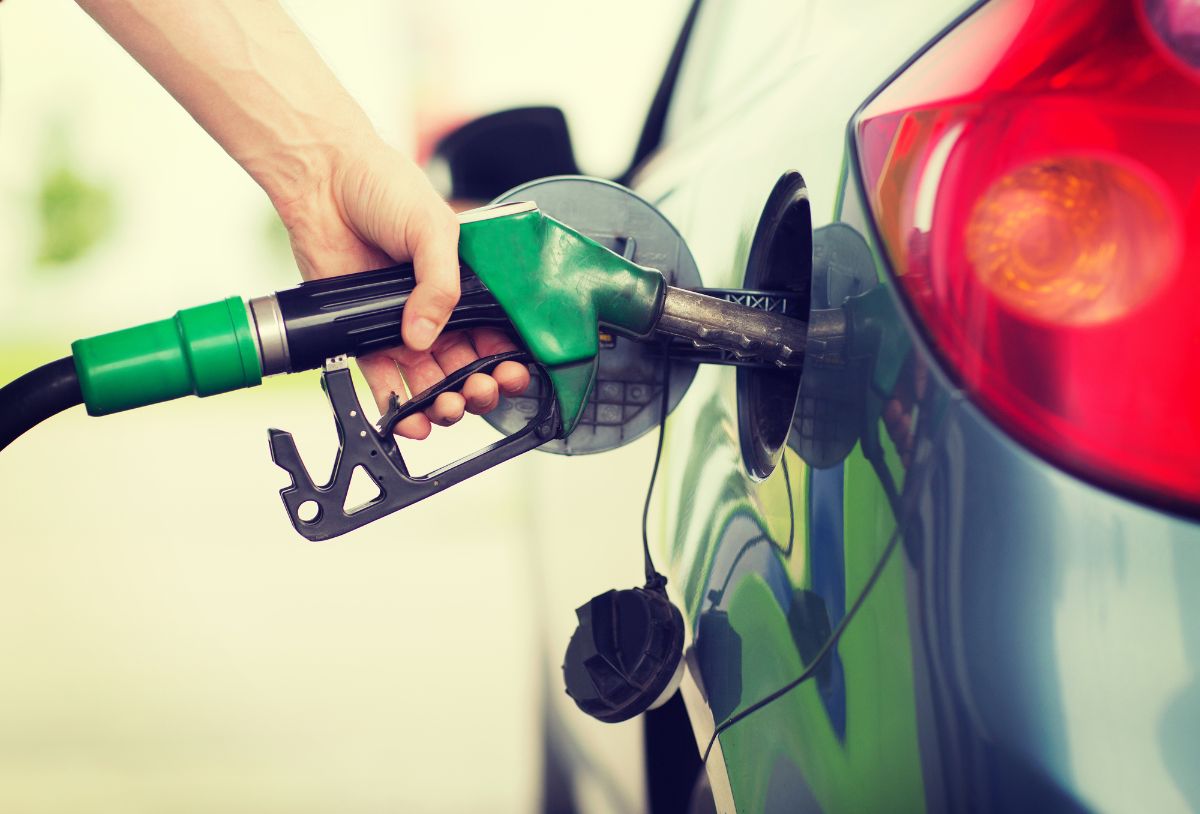
According to the name, biodiesels are diesel alternatives produced from natural resources such as palm oil, rapeseed, and sugar beet.
It is likely that you have heard of biodiesel versus the ethanol alternative, for instance, because large restaurants have started using the fuel in their transportation vehicles.
Within the UK, McDonald’s processes the fat that comes from their fryers for cooking in Liverpool and then uses it as fuel for delivery vehicles.
Of course, cars that plan to utilize more biodiesel for their diesel or hybrid vehicles will require significant changes, but smaller proportions of biodiesel can be used with minimal or no modifications.
PennState Extension states that most traditional diesel cars can operate on a percentage of biodiesel in addition to their regular fuel.
However, because palm oil is being obtained through deforestation, biodiesel could negatively impact the environment. It’s also more expensive than conventional fuel sources, particularly if you’re not an organization with a large amount of fuel as a result of the manufacturing process!
At the pump: the difference between fuel types
Picking a type of gasoline solely because it comes with a high octane rating may be an inappropriate option for your vehicle or budget.
Although some cars can gain from premium fuel, the majority of drivers could easily save cash by pumping regular unleaded fuel without any loss of performance.
This article explains the various ratings of octane for all gas station gasoline available. It also explains why the cost of certain kinds of gasoline is higher than others, and what type of fuel is best to fuel your car.
Octane rating explained
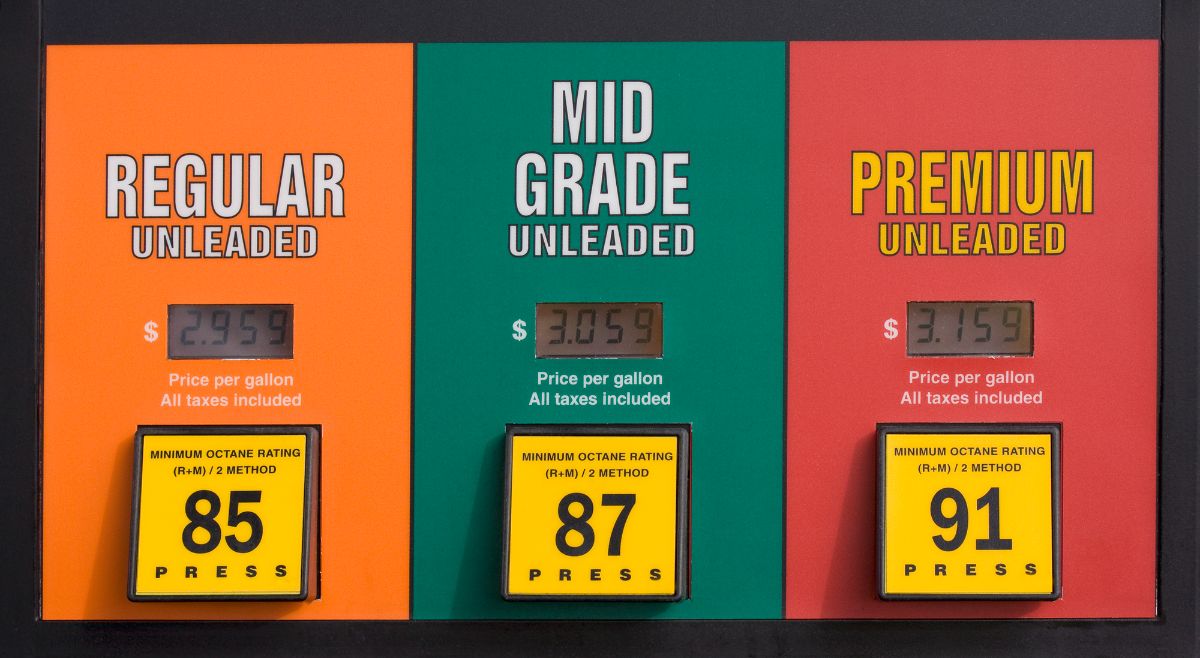
The octane rating of different types of gasoline indicates the stability of the fuel. Higher octane values indicate more stability.
The higher stability is a sign of the fuel’s preignition resistance ability of the fuel to withstand ‘pinging’ or ‘knocking’ during combustion. The sounds in the engine are due to the fuel- air mixture exploding in it quickly.
Internal combustion engines pressurize an air-fuel mixture. They then ignite the mixture with sparks. When certain conditions have been met, the mix of fuel and air can spark prematurely, causing the engine to emit knocking sounds.
Modern cars are equipped with sensors that avoid preignition. You won’t hear pings and knocks even if you have an older car.
The octane rating of a gasoline is calculated using two different testing methods: motor octane number (MON) when the engine is running at a higher speed, and research octane value (RON) when the engine is idle.
The higher numbers on labels for gas pumps show the octane level of various gasoline grades. The majority of gas stations offer three levels of octane in their gasoline lines.
Regular
The regular gas fuel is considered the cheapest in octane and typically has the 87 mark.
Mid-grade
The mid-grade fuel is in the middle of the range, typically at an octane level of 85.
Premium
It’s the octane gas at the highest level that you can purchase and is generally between 91 and 94.
While some companies advertise their gas grades using names like ‘Ultimate,’ ‘Super Premium,’ or ‘Ultra,’ they simply reference or imply the gasoline octane rating of each fuel.
What sort of fuel or gasoline is best for my car?
The basic car maintenance rule is to adhere to the instructions of the manufacturer included in the owner’s guide. The manual will indicate the octane minimum levels for the car, and the amount of premium fuel suggested or required.
Vehicles that need premium fuel typically come with a warning sign on the gas tank’s cap and, on occasion, a gas gauge warning drivers to use the appropriate kind of fuel on the dashboard.
Generally speaking, follow the steps the manufacturer suggests in the owner’s manual. Also, be attentive to the fuel pump to work out the fuel that best meets your vehicle’s requirements.
Fuel with higher octane levels could be required in engines that employ turbocharging to force greater volumes of air into pistons or use an increased compression ratio. This lets engines with a high output create extra power from compressed fuel-air mixtures.
Engines designed to operate with high-compression may require fuel with high octane levels to ensure that the mixture doesn’t burn too early.
Fuel with lower octane concentrations that don’t meet the manufacturer’s recommended level could affect the performance of your engine. In time, not adhering to the guidelines for octane in your vehicle can damage your engine and the emissions controls.
It may void the warranty of the vehicle as well.
Is there a benefit in using a higher octane gas?
In any car that is engineered for standard-octane fuel, it is safe to utilize higher-grade gasoline. However, under typical driving circumstances, there’s minimal benefit to purchasing gasoline with more octane than the ones suggested.
In older cars with abnormal engine noises, filling the vehicle with premium fuel for a couple of tanks could help fix the issue.
Those who have accidentally filled their tanks with an octane value gasoline grade less or higher than that required for their car ought not worry unduly.
The only concern is the addition of diesel fuel to a vehicle’s gas tank or fuelling with gasoline when the vehicle requires diesel.
It’s difficult, but still possible, to place diesel fuel in the tank meant for gasoline. Diesel pumps are colored differently, most often green, and the nozzle is bigger, so it can’t fit through the opening of a gasoline tank.
Accidentally pouring diesel into a gasoline tank means having to make a payment so the engine’s fuel lines are cleared and drained by a dealer or repair shop in your local area.
In the same way, gasoline inside the engine of a diesel vehicle can harm the pump’s fuel injectors and filter.
Fuel Flex explained
E85 was developed as a fuel to be used in flex-fuel engines. It comprises 15% gasoline and ethanol, with 15. The E85 pump is clearly identified at gas outlets and generally has yellow nozzles. The flex-fuel vehicles typically come with a yellow cap on their fuel. Gasoline at any octane amount in a vehicle with a flexible fuel system is fine. However, pumping E85 into a vehicle that isn’t explicitly intended for it may be hazardous.
The majority of insurance policies won’t protect against fueling using the wrong type of gasoline. Some insurers do offer insurance riders that cover the accident. Make sure to check with your insurance company and the policy you have. It is crucial to be attentive when driving and to stay clear of distractions, and understand your vehicle’s requirements.
Diesel fuel explained
Diesel fuel can be described as the most common term used to describe distillate petroleum fuel. Diesel engines and gasoline engines work differently and require different kinds of fuel. Diesel is used in engines with compression ignition, which compares to spark-ignited gas engines.
Many heavy-duty pickups and vans are available with turbo-diesel engine options that provide the towing capacity required to pull campers and boats, or for off-road driving and commercial use. However, the US diesel car market is still relatively small.
The majority of diesel-powered vehicles look like workhorses. Jeep Gladiators, Range Rovers of every ilk, and Cadillac Escalades all offer diesel engines.
Diesel engines can use petroleum-based fuel or biodiesel, which is made from waste animal fats, vegetables, and cooking oils.
Cars and different fuel types
There are bound to have pros and cons for any fuel source, just like everything else in life. It is good to know that most of the most well-known automobile fuels are still in use and being developed every day.
As we know that biofuels exist, it’s just a matter of studying the ones with the most outstanding values and the least number of negatives. One option, of course, is to just look to cut down on the amount of energy we consume. However, since our dependence on automobiles and other vehicles generally increases, it is becoming more unlikely that this is going to occur. However, it’s worth knowing what options we have.

